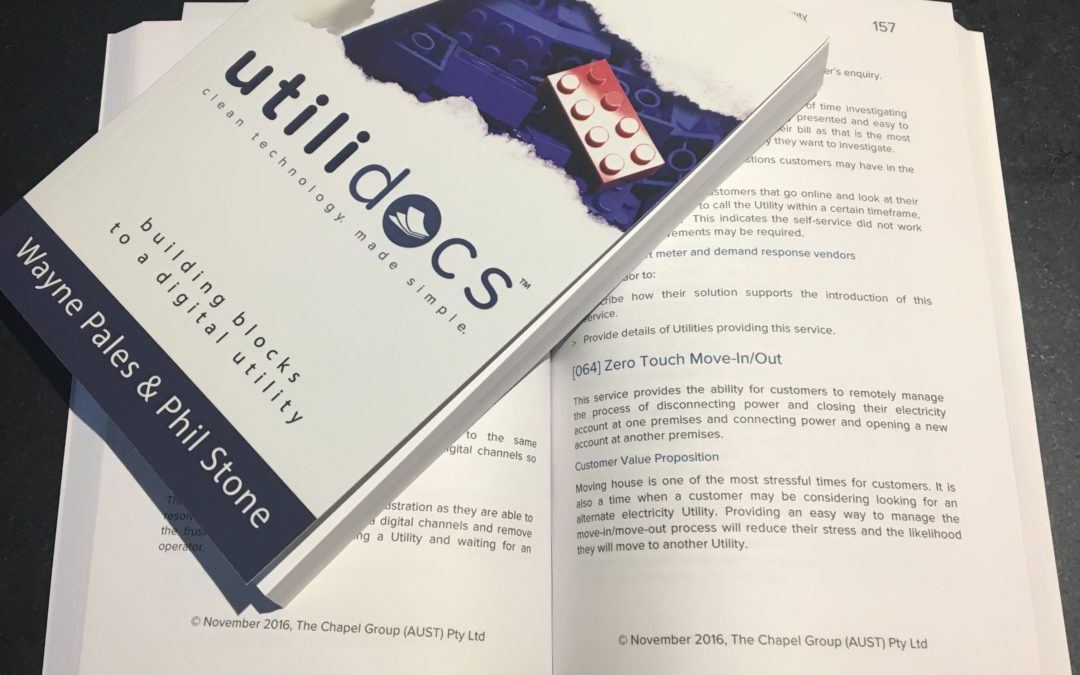In our book, utilidocs®: building blocks to a digital utility, we provide insight into every stage of the smart metering and demand response journey. In the coming weeks, I will share some of the services detailed in our book that become possible as a result of smart metering and demand response technologies. This week we look at how to leverage smart metering technology to help customers move house.
Zero Touch Move-In/Out
This service provides the ability for customers to remotely manage the process of disconnecting power and closing their electricity account at one premise and connecting power and opening a new account at another premise.
Customer Value Proposition
Moving house is one of the most stressful times for customers. It is also a time when a customer may be considering looking for an alternate electricity Utility. Providing an easy way to manage the move-in/move-out process will reduce their stress and the likelihood they will move to another Utility.
Why it is important to the Utility
- Handling the end to end move-in/move-out process is time-consuming and expensive, these costs will be saved through automation.
- The moving out process can lead to unaccounted for consumption that the Utility often write-off. This increases rates for other customers as this loss has to be absorbed. This issue can be addressed as part of automating this process, refer to Revenue Assurance – Final Bill.
Things to consider
- Look at how many customers go to another Utility during the move-out process and place a cost on this to identify the potential benefit of automation.
- Calculate the costs associated with managing customers moving house to determine the operational cost saving opportunities. This also includes a rise in enquiries and complaints, which both incurs costs and drives down customer satisfaction scores.
- Calculate loss of revenue through premises that have no active accounts, and the associated costs to reclaim lost revenues.
- The customer should be able to easily set the move-out details and the move-in details with future dates and times. Before power is disconnected or connected the customer should be prompted to confirm via digital channels.
- Same day move-out and move-in can be handled by smart metering systems, but most back-office billing systems cannot handle partial day consumption. If the CIS cannot create partial day bills, consider advising customers that billing will be calculated at day end and work out a process to manage that with the outgoing and incoming customer.
- Safety needs to be considered. When asking the customer to confirm disconnection can take place, they should be provided with an easy to follow checklist. The same applies when the customer confirms connection can take place. For example, avoid scenarios where power is connected, the customer is not home, and the previous tenant had, for example, left the oven on as this is a fire hazard.
What to ask smart meter and demand response vendors
Ask the vendor to:
- Describe how their solution supports the introduction of this service.
- Provide details of Utilities providing this service.
- Describe any issues that would need to be managed.
If you like this sample and want to read more, you can buy our book here. Remember, all profits from the book will be donated to charities that are fighting to help end energy poverty.
.
#connectedera #digitalutility #smartmeters #demandresponse #opendata
.
Contact me to find out how we can help you get the most from smart metering, demand response, and behind-the-meter technologies.
